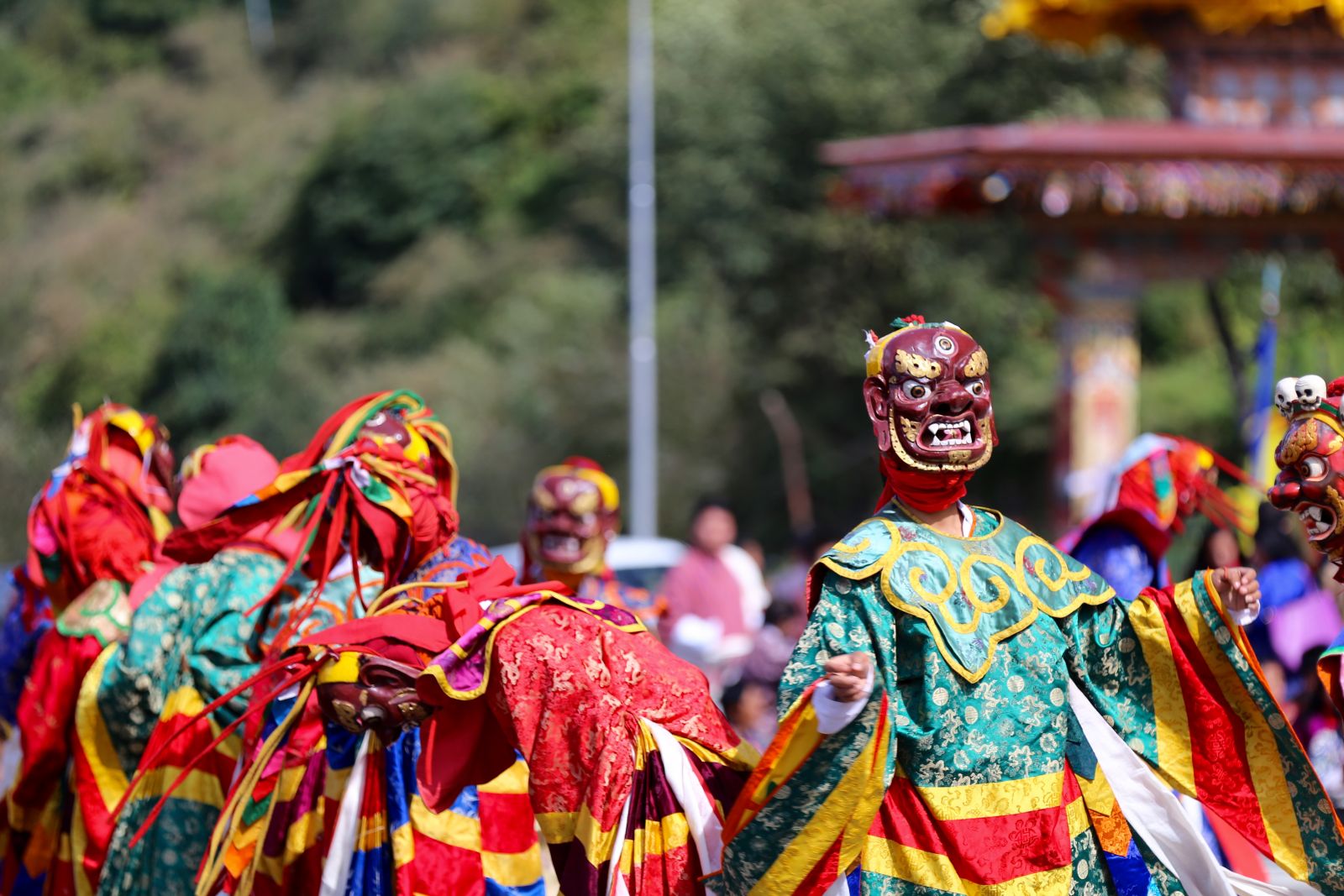Places to visit in Lhuentse
PLAN YOUR TRIP
.jpg)

Lhuntse is a district located in eastern Bhutan, known for its textiles and nature beauty. Some of the popular places to visit in Lhuntse include:

Lhuntse Dzong
- The dzong was built in the 17th century and is situated on a hill overlooking the Kurichhu River. The dzong is an important religious and administrative center in the region and serves as the headquarters of Lhuntse district.
The architecture of Lhuntse Dzong is unique, with a central tower that is taller than the rest of the structures. The dzong is also known for its intricate woodwork, which features carvings of various animals and deities. Visitors can explore the dzong's courtyards, temples, and administrative buildings, and learn about the history and culture of Bhutan.
One of the notable features of Lhuntse Dzong is its annual festival, which takes place in the fall and attracts people from all over Bhutan. During the festival, monks perform religious dances and rituals, and locals gather to celebrate with food, music, and dance.

Khoma Village
- The village is known for its traditional weaving industry and is considered one of the best places to see Bhutanese weaving culture in action.
The women of Khoma Village are skilled weavers who create intricate and colorful textiles using traditional back-strap looms. The fabrics produced in Khoma are made from raw silk and cotton and are known for their durability and high quality. Visitors to the village can watch the weavers at work, learn about the weaving process, and purchase textiles directly from the weavers.
In addition to weaving, Khoma Village is also known for its traditional architecture and scenic beauty. The village is surrounded by lush forests and is situated on a hill overlooking the valley below. Visitors can take a leisurely walk around the village and admire the traditional Bhutanese houses, which are built using locally sourced materials such as stone, mud, and wood.

Dungkhar Naktshang
- According to historical accounts, the name of the place "Dungkar" originated from the unique shape of the land, which resembles a conch shell. Dungkar Choeje Lhakhang, situated at the tip of this distinctive shape, is believed to be the birthplace of the Wangchuck Dynasty, our beloved monarch's ancestral hometown.
Today, the Lhakhang is owned by Choeje Tobgay, a descendant of Dungkar Choeje, and his family resides on the second floor of the Lhakhang. This sacred site houses many relics and Terma, discovered by great Terton such as Terton Pema Lingpa and the great Saint Desi Tenzin Rabgay.
With the generous support of the government, the Lhakhang's owner coordinates several important events throughout the year, including Gurdra on the 28th and 29th days of the 2nd month of the Bhutanese calendar, Gemjatshar from the 30th day of the 10th month to the 4th day of the 11th month, and Dungkar Tshechu (Terchham) from the 8th to the 11th day of the 11th month of the Bhutanese calendar. These events are held for the well-being and longevity of our beloved kings and all sentient beings.

Takila Guru Statue
- The construction of Guru Nangsa Zelnen, a 154ft tall statue of Guru Padma Sambhava, was initiated and funded by the Druk Odiyana Project in Takila, under the Menbi Gewog. The construction began in March 2008 and the statue was consecrated in 2015. The site is located about 15km away from Thinleypang/Tagmochu Chakzam.
The Guru statue is surrounded by eight large and 108 small stupas (chortens). The late Khenpo Karpo envisioned Takila as not only a sacred place of learning for monks and nuns but also as a home for elderly persons in the future. It is expected that the place will become a religiously significant tourist destination in the future, which will have economic significance for both the local community and the nation.
After the late Ven. Khenpo Karpo, Ugyen Dongag was handed over to Lam Namdruk Zangpo on June 9th, 2017.